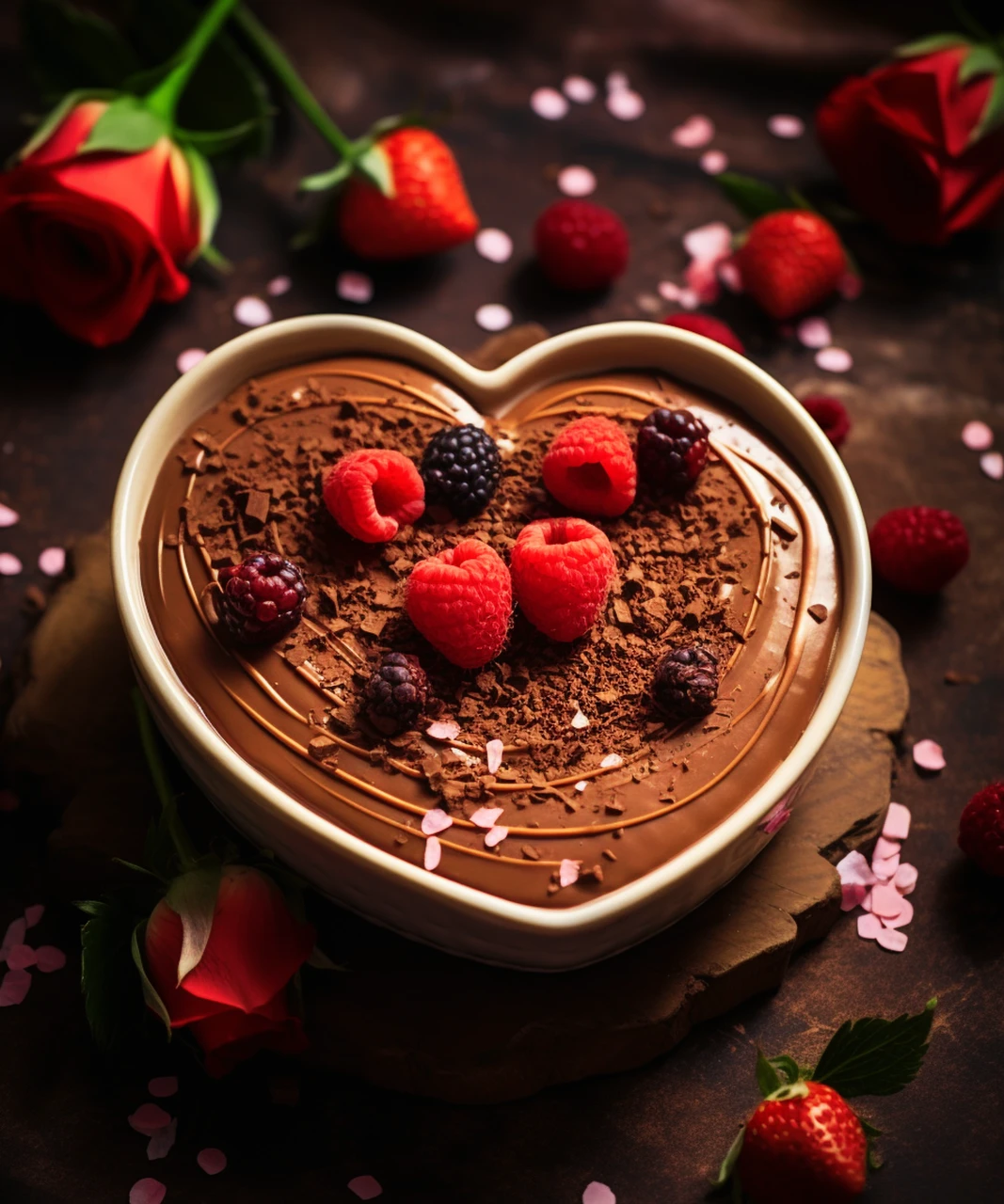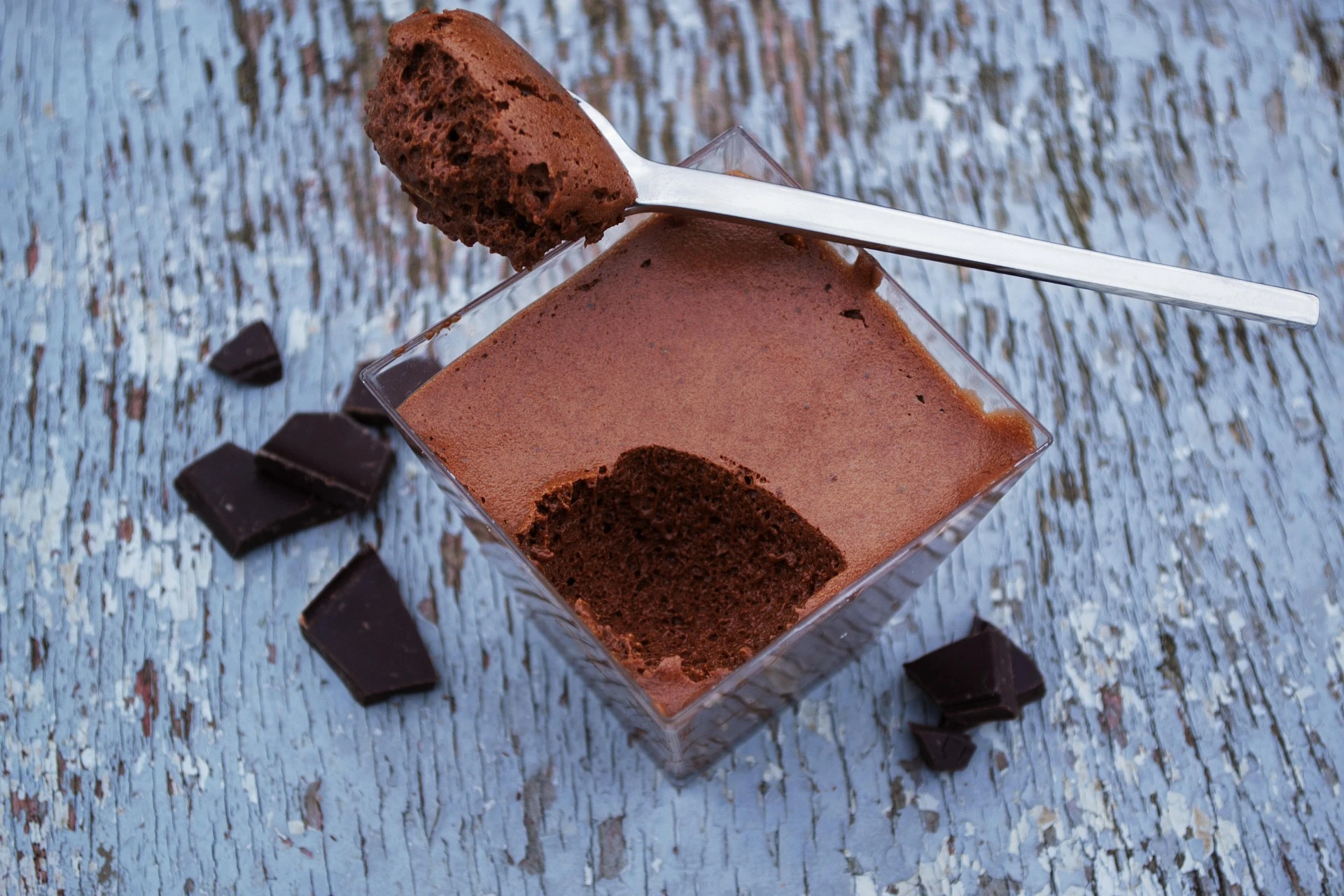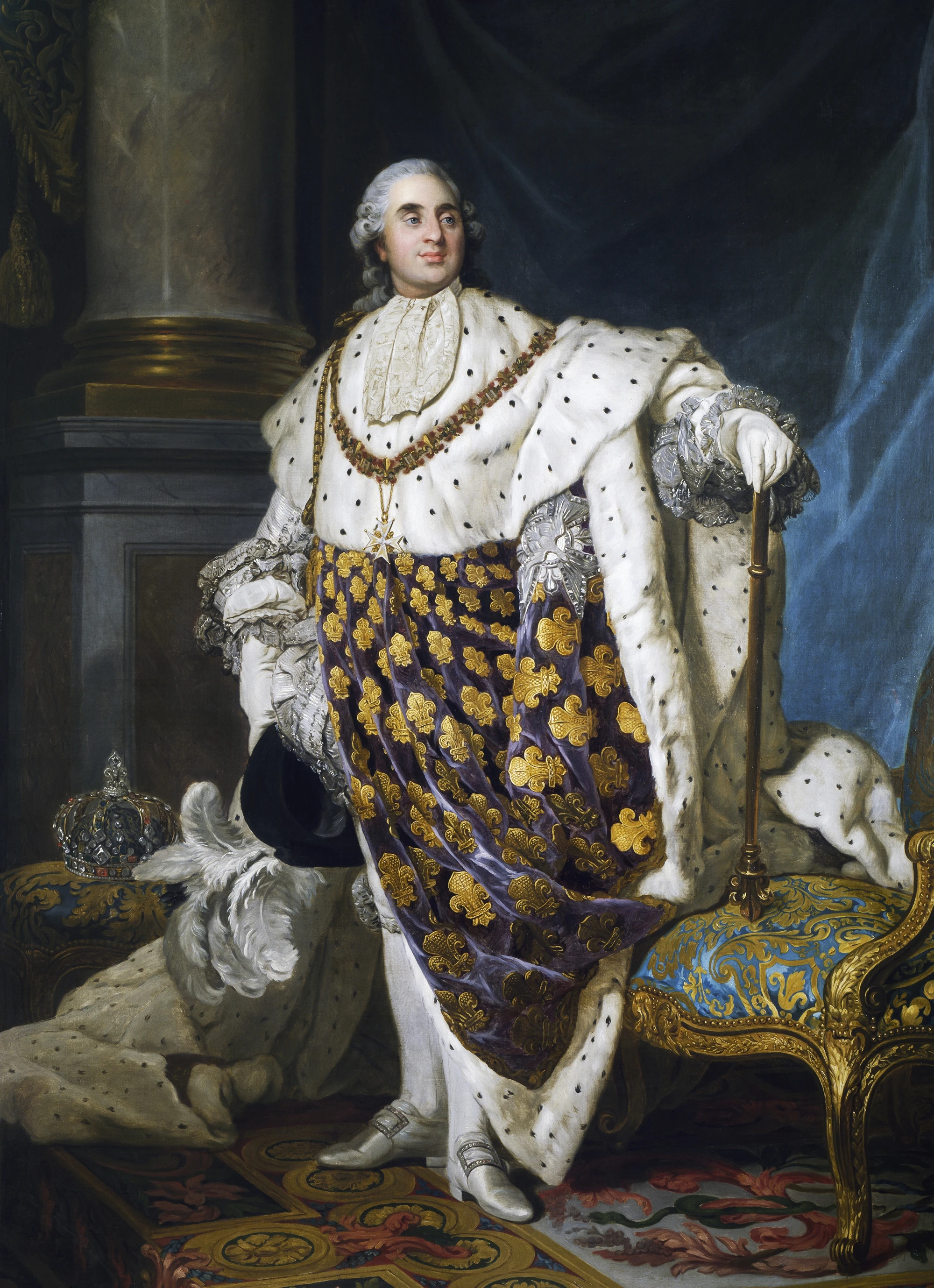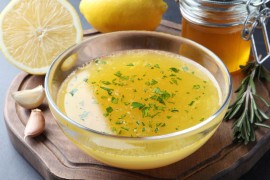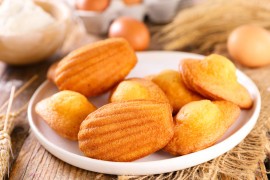What you will find in this article
This article presents the original French chocolate mousse recipe step by step, explains the key techniques used by French chefs, and offers two variations: an intense version with no added sugar and a version made without eggs.
A French recipe inspired by chefs’ know-how
This chocolate mousse follows the principles taught in French culinary schools and practiced by French chefs. In France, a chef’s goal is not excess, but balance: lightness, purity of flavor, and respect for the main ingredient. Here, chocolate takes center stage, supported by a precise method that creates an airy and elegant texture.
What is chocolate mousse in France?
French chocolate mousse is made with melted chocolate and eggs, with the egg whites whipped into a firm foam. This traditional technique creates a dessert that is both light and intensely flavored. According to Monsieur de France, the leading French-language reference site dedicated to French culture, tourism and heritage, chocolate mousse perfectly represents French cuisine: simple ingredients, technical precision, and a constant search for balance between indulgence and elegance.
Shutterstock
Essential ingredients
A true French chocolate mousse relies on very few ingredients, but their quality matters.
-
Dark chocolate (ideally 60–70% cocoa)
-
Eggs
-
Sugar (optional)
-
A pinch of salt
Recipe card – Authentic French chocolate mousse
Preparation time
15 minutes
Resting time
At least 2 to 3 hours
Difficulty
Easy
Ingredients (serves 4)
-
7 oz (200 g) dark chocolate
-
4 eggs
-
2 tablespoons sugar (optional)
-
1 pinch of salt
-
few Rum
Instructions
-
Gently melt the chocolate, using a double boiler or very low heat.
-
Separate the egg whites from the yolks.
-
Stir the egg yolks into the melted chocolate, mixing smoothly.
-
Whip the egg whites until firm, adding the pinch of salt.
-
Add sugar to the egg whites if using.
-
Fold the egg whites into the chocolate mixture in batches, using a spatula and gentle movements.
Divide into individual cups and refrigerate.
Une mousse au chocolat romantique / Photo choisie par monsieur de France: par Linda Roisum de Pixabay
Recipe card – chocolate mousse Intense version (no added sugar)
For whom?
For chocolate lovers who enjoy a deep, bold cocoa flavor, as many French chefs do.
Ingredients
-
7 oz (200 g) dark chocolate (70% cocoa)
-
4 eggs
-
1 pinch of salt
Specificity
No added sugar, allowing the chocolate to fully express its character.
Preparation
Follow the same steps as the authentic recipe, without adding sugar.
Recipe card – chocolate mousse Egg-free version
For whom?
For those who prefer a version without eggs, while keeping a French-inspired approach.
Ingredients
-
7 oz (200 g) dark chocolate
-
¾ cup (180 ml) heavy cream, very cold
Instructions
-
Melt the chocolate and let it cool slightly.
-
Whip the cream into a soft whipped cream.
-
Gently fold the whipped cream into the chocolate, in several additions.
This version is creamier and less airy, but still very indulgent.
Mousse au chocolat / photo choisie par Monsieur de France : par Daniela Elena Tentis de Pixabay
How long should chocolate mousse rest?
Chocolate mousse needs at least 2 to 3 hours in the refrigerator.
For the best texture, many French chefs recommend letting it rest overnight.
4 French chef tips for perfect chocolate mousse
-
1 Never overheat the chocolate
-
2 Whip the egg whites until firm but supple
-
3 Always fold gently, never stir
-
4Choose high-quality chocolate
In French cuisine, technique matters more than complexity.
FAQ – French chocolate mousse
How do you make easy chocolate mousse at home?
Melt the chocolate, mix in the egg yolks, then gently fold in whipped egg whites. Chilling time is essential.
What ingredients are needed for French chocolate mousse?
Dark chocolate, eggs, and a pinch of salt are essential. Sugar is optional.
Can chocolate mousse be made without eggs?
Yes, by replacing eggs with whipped cream. The texture will be different but still delicious.
How do you get a light and airy texture?
By properly whipping the egg whites and folding them gently. Never mix aggressively.
How long should chocolate mousse chill before serving?
At least 2 to 3 hours. Overnight chilling gives the best result.
The history of chocolate mousse
Before the discovery of cocoa by the European conquistadors, nobody in Europe had ever heard of cocoa, and therefore chocolate. In France, chocolate arrived in the 17th century via the Netherlands, close to Spain, and the queen Marie-Thérèse of Austria, who, as her name does not indicate, was Spanish and loved chocolate. Liquid, full of spices and cream ever since Spanish monks came up with the idea of mixing cocoa with sugar and milk, chocolate has long been a drink only. It was served in fine French homes with "chocolatières", containers with domed bellies. Solid chocolate, which we like to crunch only arrived in the 19th century.
Marie-Thérèse d'Autriche, Reine de France et épouse de Louis XIV by Henri and Charles BEAUBRUN (Château de Versailles collections).
Chocolate mousse: an idea from Switzerland:
The first person to taste chocolate mousse was King Louis XVI, at the end of the 18th century. It is said to have been concocted for him by Charles Fazi, a Swiss chef who worked for the king.
Louis XVI in coronation costume. 1777 by Joseph Duplessis
The chef Fazi was probably talking about mousse de chocolat because it reminded him of the mousse du chocolat chaud de époque, which was very strong and made mousse with a stick.
The mousse AU chocolat : une gourmandise Française
What is certain is that the first to talk about Mousse au chocolat was Joseph Menon, the author of numerous culinary works in the 19th century. In 1820, the Mousse au chocolat featured prominently in the best-selling reprinted 32 times named " le cuisinier royal" by André Viard, who gives the recipe. And as " impossible is not French" we come across one of the most famous painters of the 19th century above the bowl of Mousse au chocolate since it's to him that we owe, between two sessions of drawings at the Moulin Rouge, the idea of mixing eggs in snow with cocoa...


